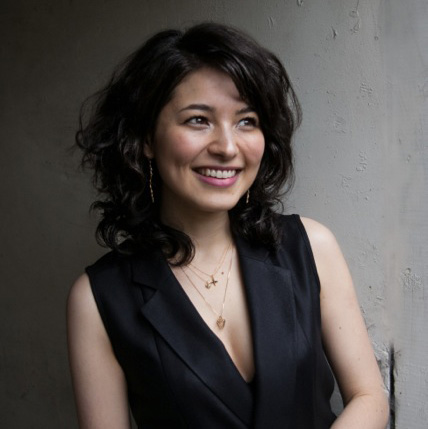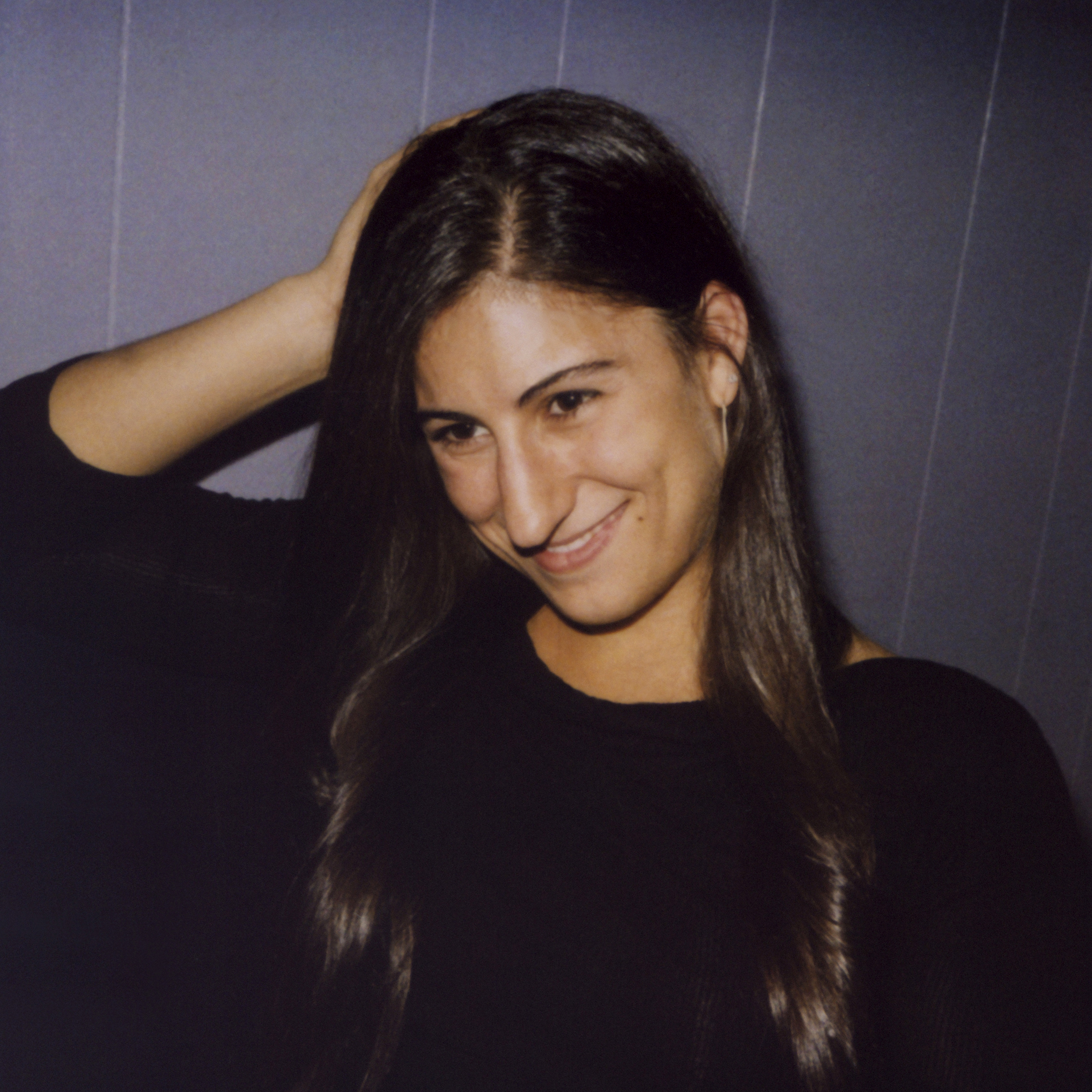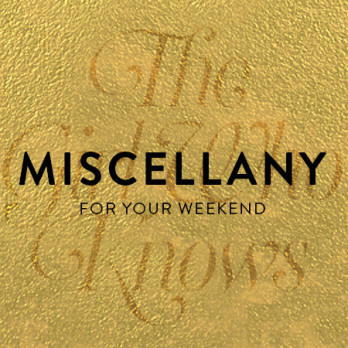Visiting my parents’ house for brunch this morning, my mom served up some bacon slices using a pair of chopsticks.
Later that night, the dinner table included a hodgepodge of leftovers: roasted chicken cozied up next to kimchi tuna poke. White rice with sesame seeds fought for a place on the table next to boxed stuffing-mix drizzled with gravy. Pizza as a supplement to the meal might have even been suggested.
My mom’s bold and perhaps head-scratching culinary pairings aside, I was once again left to wonder if some things are never meant to mix?
Spending time growing up in Tokyo and Northern California, the mantra my siblings and I heard from our parents was that two cultures are better than one; that we were lucky to be able to speak and understand the customs of both countries and were encouraged to do so.
The eclectic mix seemed to work within our house, but was lost in translation out in the real world: regardless of where I found myself, I always felt one degree separated from everyone.
I felt like I never quite fit in.
‘Hapa,’ originally a Hawaiian term for people of mixed Hawaiian heritage, is a commonly used blanket-term in the US mainland to describe someone who is half or part Asian.
In Japan the term for part Japanese is quite literally ‘haafu’ or ‘half’. Although used in the most endearing way possible, it’s quite telling of how one should function in society: unless you were 100% Japanese (or adopted all the manners and customs of one) you were never going to fit in. Add to this our distinctive looks in a homogenous culture where ironically western features were coveted, we were immediately recognized as something different.
Across the Pacific, I found the quiet and reserved tendencies I picked up in Japan didn’t work well over in the US, where extroversion is more esteemed. I was quickly assumed to be fully Japanese, categorized as an expert of sushi, kimono, Mt. Fuji, manga, geisha, samurai, and all the rest. Though I didn’t feel like I was excluded for how I look, I couldn’t quite identify with my classmates either.
It felt as though I needed to erase half of me to fit-in anywhere I went. Being both cultures didn’t seem to register to my peers. Sometimes I even played into the cultural stereotypes for the sake of taking a position within peer groups, uncomfortable as it felt.
I decided that we mixed-race kids were another breed altogether. I steadily developed a practice of examining the differences in people. As I grew older and had the opportunity to travel, my list grew longer. Eventually, this prevented me from connecting even with other hapas, as it is impossible to find someone with the exact same life experience as you.
I retreated into the comfort of my own world of design, art, and thoughts. It’s where I felt most comfortable. But a nagging feeling persisted: we as children of mixed racial families are the living, breathing examples of the work of our previous generation breaking cultural barriers in favor of love, open-mindedness, and adventure. So why in the world did I feel so isolated, different, and limited by the results?
As I started to question these thoughts, I realized that the cure to feeling left out is not in focusing on our differences, but in actively seeking out our similarities.
Instead of walling myself into another subsection of cultural exclusivity, I wanted to tear things down to the essential foundation of being human, where I could find commonalities in our shared emotions and experiences. To see past differences on the surface and make meaningful connections – the kind that give life depth and flair.
There never was a need to choose one way of life over another if they are valid parts of your reality of being human. The more I learn to include and embrace all parts of me, the more comfortable it became for me to do that with others. And in turn, I experienced that the more open I became the more it was reciprocated.
Today, I get to practice this shift in perspective not only through my daily interactions, but in the work that I do. By focusing on a plurality of culture and aesthetics, what once seemed opposite can be mixed together to create something new and exciting. One of my favorite parts of designing jewelry is custom bridal work, where the starting point in the design process is always a list of similarities in a couple that result in a shared celebration of love and joy.
Equally important is our ability to relate to someone in painful and difficult situations, or during a heated argument. It takes courage to step outside the moment and exercise our compassion to see similarities, but it can lead to a deeper understanding and inter-connected life.
So, regardless of how mixed your background is, consider this question at your next dinner table: how can we share the experience together? We all have many aspects to ourselves, but with a little spirit of openness and invention we can learn to find new recipes that combine the ingredients within ourselves and others.
I hope you’ll join me in celebrating and embracing the fullness of all of our beings.
xo
Christy







Beautifully written and very insightful.
Thank you for your note + stopping by Ej! Glad you liked the post.
Beautiful!
I completely agree.